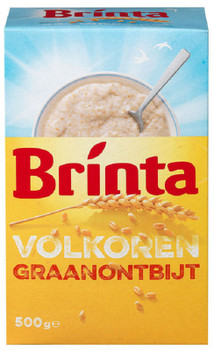Description
HONIG MIE NOODLES
Mienestjes Honig Mie Nests were introduced in 1950 and has since become an indispensable part of Dutch cuisine. Honig Mie nests are made of extra quality wheat, which creates a unique flavor and bite. In the last century mie was still hand-made noodles. Long strands were put in a heap on a hor (plate covered with mesh) and placed to dry. Drying was easier this way than if the strands were dried hanging. The noodles curled up and became a kind of nest after the drying process. When Honig started using a machine to make the noodles, Honig has decided to keep the traditional nest shape.
INGREDIENTS:
Wheat flour, wheat semolina flour.
DIRECTIONS:
1. Bring a large amount of water to a boil. 2. Put the Mie nests in the pan and bring back to a boil, stirring. Use two or three Mie nests per person. 3. Cook the Mie nests with occasional stirring for 10 minutes. Pull apart with two forks. Cook 9 minutes for more firm, al dente, Mie. 4. Rinse the Mie in a colander briefly with lukewarm water and let drain. Put the Mie back into the pan and stir in a dash of (olive) oil.
HONIG, part of the HJ Heinz group, is its largest and most popular brand in the Netherlands. Honig started in 1867 when Klaas Honig produced cornstarch. In 1922 Honig started with pasta, and in 1930, sold the first packaged soup in Holland. The company's success was so great, they were ultimately purchased by HJ Heinz in 2001. Honig Netherlands today offers a wide selection of soups, mixes, pastas, family cooking and baking. With the introduction of Wraps, Tarly and Noodles, Honig continues to set the tone for change in the Dutch diet.
Ingredients
Note: Ingredients and labels may change without notice and translation and/or typographical errors are possible. Therefore consumers are advised to check the ingredient lists on the package for substances that might be incompatible with them BEFORE ingestion. The European Parliament directives and amendments pertaining to compulsory food labeling can vary depending on the item in question and producers are not always required to provide a detailed and complete listing of all ingredients. When in doubt contact the manufacturer before consuming this item.





